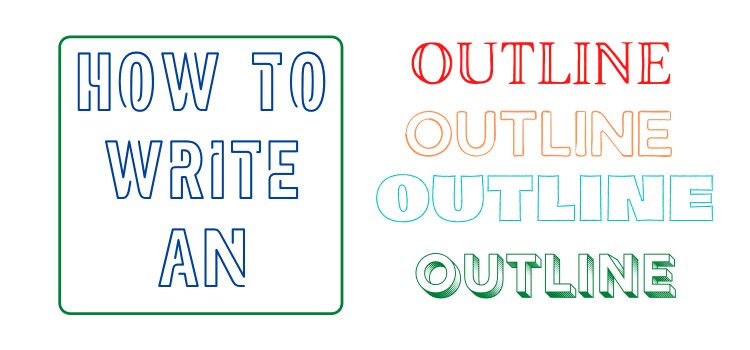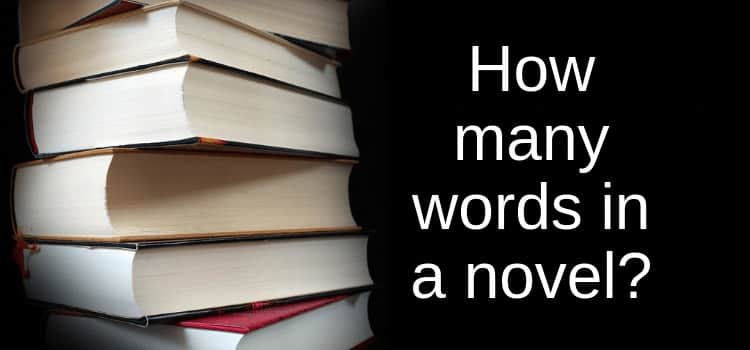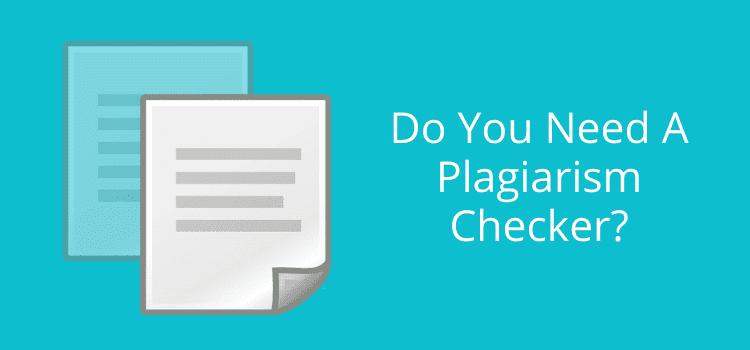
If you want to know how to start an essay about a book, you need to begin with an outline.
It’s an essential step to help improve your writing skills.
Writing an outline for a book or an essay is very similar, but the only difference is the length or number of words.
You usually need to write an introduction, body paragraphs, and a conclusion with any essay.
Book essay outline
An essay outline is similar to planning to write a book.
While it consists of many chapters, it also needs a beginning, middle, and ending.
Even though the middle might be much longer, the outlining process is almost the same.
Now, let’s look at how you create your essay outline.
Write down the date, name, class, module, and any extra information you think is necessary.
It doesn’t include any information about the essay or book yet.
But you should note these details before starting your outline.
If you’re a high school or college student, you might be working on various class essays or projects at the same time.
You can quickly look at this information and see which project it is.
It’s also necessary for your teacher or publisher to check who is sending the information.
Thesis / Synopsis
Your thesis statement or argument should be robust and provide readers with information on what to expect when they read your essay or thesis.
It doesn’t need to be a lengthy, drawn-out statement, but the important part is that it should communicate a clear message.
When you write down your notes, be sure that you can argue your point.
When writing a literary analysis essay about a book, you might relate to this section more if you think of your book essay outline as a synopsis.
It is a quick summary of what your text will cover. Some publishers will have a set number of words, while others leave it up to the writer.
Check with the publishing house you want to work with and make sure your synopsis fits their requirements.
First paragraph / Chapter
Your opening paragraph is probably one of the most critical sections of your writing project.
An essay introduction is where you want to hook the reader and create a spark.
Many readers will form an opinion about your writing in the first paragraph, and it’s essential to convince them that your thesis is correct.
Once you have convinced the readers of your thesis, you can keep them interested throughout the essay or book.
Focus on the strongest point in your first topic sentence and paragraph to set all doubts aside.
As this paragraph also stands as your introduction, it is crucial to introduce readers to your way of thinking.
Once you’ve stated your most valuable fact, you can move on to the rest of your paragraphs or chapters.
The Body / Middle
Now that you have started with your most compelling paragraph and fact, it’s time to add more information.
Don’t think that the body of your work doesn’t need to be strong.
If you are writing an essay or a book, there are always other people competing with you.
If you are a student in the class, you want to be one of the top students.
Being an author isn’t any easier because there are many writers out there trying to get published.
You need to do sound research to prove your thesis, and this is the section where you will state most of those facts.
As this is just the outline for what will eventually be the final product, you need to make sure you understand the flow and structure.
You can jot down ideas or facts and insert them when you write a body paragraph.
Your work needs to have a flow to it, and this is where you create that. The body is where you organize your thoughts in a logical order.
You already know your thesis and your opening fact. But what else do you want to say, and in what order do you want to say it?
The Conclusion
After you’ve created your book essay outline for all of your paragraphs, it is time to start your conclusion.
Your conclusion should summarize all the facts you stated in the essay.
Don’t be afraid to remind the reader of your most impactful facts.
It’s a summary of what you have discussed and to leave the reader on a high.
You can’t start with a bang and then slowly lose your audience at the end.
Use the hook you started with and stay consistent with your writing style.
Then let your readers know why you chose to write your piece.
Call to Action
Once you have convinced your readers that your thesis is correct, what actions would you like them to take?
You provided many facts in your writing, and the reader should start thinking about your point of view.
Now you have to direct them to test your theory for themselves.
What do you want them to do now?
Summary
In any type of essay, it’s easy to draft a great outline once you have your structure right.
You can also look online for examples of a book essay outline and apply the ideas to your work.
There’s no right or wrong way to outline if you have a logical flow to your ideas.
You prepare an outline to prevent rambling in your writing or stating random facts that don’t connect.
Your final draft will come much later than your outline, so don’t rush the process.
Your outline will help make writing your essay much easier.
You can take each heading as a new project and focus on transitioning to the next section.
When you write the ending sentence of a paragraph, think about the opening sentence of the next one.
That way, you know that there will be no abrupt endings but rather a smooth transition between paragraphs.
It doesn’t matter if you are writing an article, an essay, a novel, or a research paper.
If you plan well, you’ll write well.
Related reading: Words To Avoid In Writing That Say Or Do Next To Nothing



